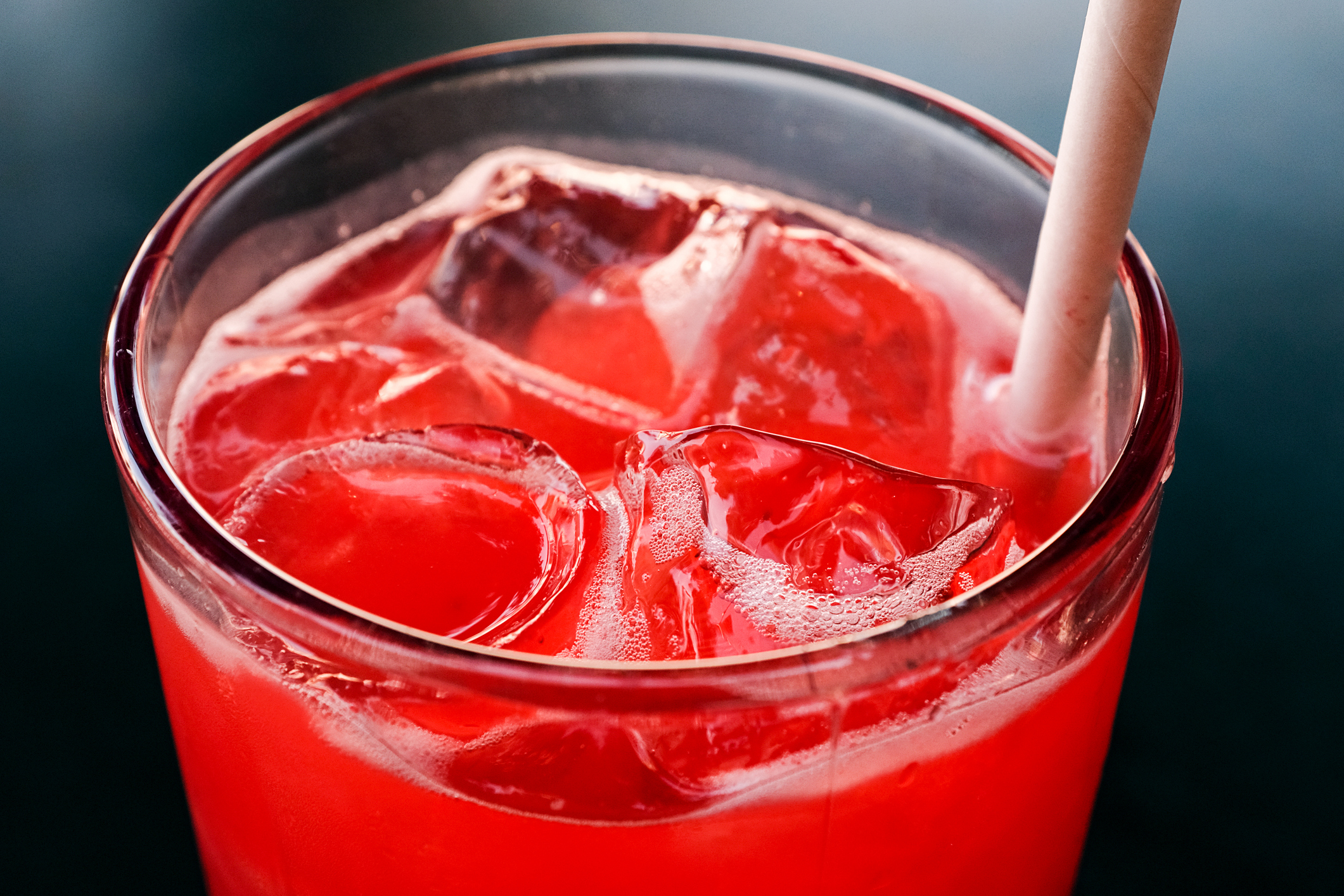The Food and Drug Administration (FDA) has officially banned Red No. 3, a synthetic food dye linked to cancer and other health concerns. According to the Center for Science in the Public Interest (CSPI), this artificial coloring is widely used in candies, cereals, fruit cocktail cherries, strawberry-flavored milkshakes, and many other foods.
Why Is the FDA Banning Red Dye No. 3?
In 2022, the CSPI petitioned the FDA to ban Red No. 3 due to its potential health risks. U.S. lawmakers also advocated for the ban, citing studies linking the dye to cancer and its negative impact on children’s behavior.
“At long last, the FDA is ending the regulatory paradox of Red 3 being illegal for use in lipstick but perfectly legal to feed to children in the form of candy,” said Dr. Peter Lurie, president of the CSPI, in an interview with NBC News.
What Foods Have Red Dye 3?
Red No. 3, first introduced in 1907, gives a bright cherry-red color to various foods and supplements. It’s commonly found in:
- Candies
- Cereals
- Fruit cocktail cherries
- Strawberry milkshakes
FDA’s History With Red Dye No. 3
The FDA previously banned Red No. 3 in cosmetics in 1990 under the Delaney Clause, which prohibits additives linked to cancer in humans or animals. Now, food manufacturers must reformulate products containing Red No. 3 by Jan. 15, 2027.
“The FDA cannot authorize a food additive or color additive if it has been found to cause cancer in humans or animals,” Jim Jones, the FDA’s deputy director for human foods, said in a statement to NBC News. “Evidence shows cancer in laboratory male rats exposed to high levels of FD&C Red No. 3.”
Red 3 vs. Red 40: What’s the Difference?
While Red No. 3 is now banned, Red 40 remains legal. The key differences include:
- Red 3 (Erythrosine): A synthetic dye now banned for its cancer risks.
- Red 40 (Allura Red): Another synthetic dye still widely used but under scrutiny for possible health impacts.
States and Countries Already Banning Red Dye 3
California became the first state to ban Red No. 3 in 2023. Additionally, 10 other states have taken steps to restrict its use. Internationally, the dye is banned or restricted in Australia, Japan, and several European Union countries.
What’s Next for Food Dyes in the U.S.?
The ban on Red No. 3 may prompt further scrutiny of artificial food dyes. Advocacy groups, including the Environmental Working Group, are pushing for broader bans on other synthetic colorings.
“This cancer-causing chemical is finally going to be out of the food supply. It is long overdue,” said Melanie Benesh, vice president for government affairs at the Environmental Working Group, according to NBC News. “We are thrilled that the FDA has finally managed to get it over the finish line.”

